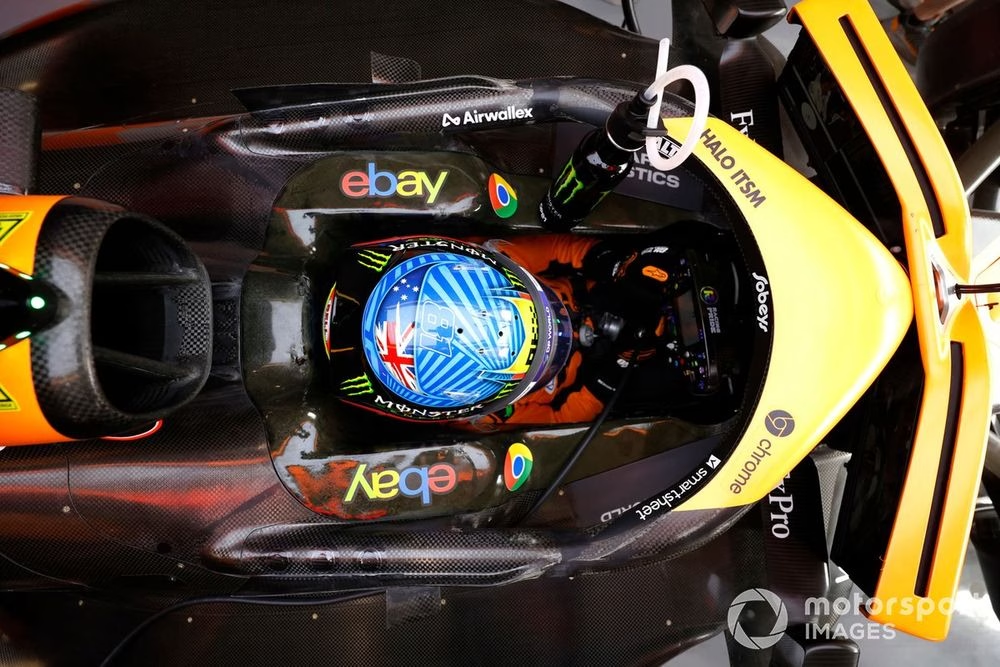The FIA’s prototype method for its new Formula 1 cooling device involves cooled water being pumped around driver overalls, with different design approaches permitted in future rules, Motorsport.com can reveal.
Last week, the results of the latest meeting of the F1 Commission declared that a new driver cooling provision will be added to F1’s rules from 2025, following the extreme heat encountered in the 2023 Qatar Grand Prix.
Motorsport.com revealed back in July that the FIA was working on such a system, with initial designs aiming to implement a simplified form of air-conditioning.
This followed an urgent allowance being added to the 2024 technical rules that means a second cooling inlet scoop can be placed at the front of a car’s cockpit to improve airflow towards drivers.
But while this is not mandatory – and indeed not all teams even have such a part to be fitted this year – the new system must be attached to all cars if the temperatures at an F1 event from 2025 onwards hit an extreme heat threshold the FIA is yet to publicly define.
This will likely to be when ambient temperatures are consistently above 30°C across a session, as in such conditions cockpit temperatures can quickly go north of 50°C.
While the F1 Commission announcement did not contain any details of the new system’s design, Motorsport.com can now reveal how the prototype works, when it was tested and what may change ahead of the full implementation in 2025.
Oscar Piastri, McLaren MCL38, in his cockpit
Photo by: Glenn Dunbar / Motorsport Images
How it currently works
The FIA initially intended its new driver cooling system to be tested in a practice session at the 2024 Dutch GP, but this was beset by wet weather, while additional changes to the system’s design by the FIA’s engineers were concurrently in the works.
It is understood that the first on-track proof-of-concept experiment was therefore pushed back to first practice in last month’s Mexico City GP, involving a so-far-unknown team and a single driver.
While the initial plan for the device featured a simplified AC unit, it is understood this element was dropped as during development work engineers encountered problems with its implementation that could not have been solved ahead of 2025.
The system tested in Mexico therefore involved a block of ice providing a heat exchange to fluid that was sent to a vest in the driver’s overalls via a piping system, with the cooled…
Click Here to Read the Full Original Article at Motorsport.com – Formula 1 – Stories…

